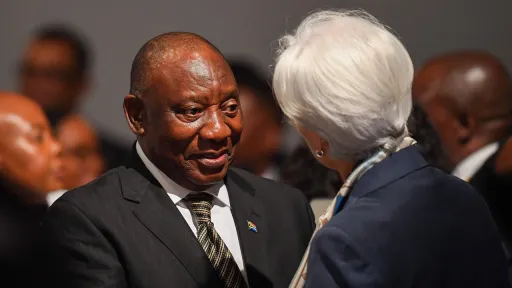Farmers from Côte d'Ivoire's main cocoa growing regions are worried because a persistent lack of rain could weigh on the April to September mid-crop, they said on Monday.
The world's top cocoa producer is in the dry season that runs from mid-November to March, when rainfall is low.
Farmers told Reuters that the main crop tailed off, adding that harvesting in February and March would be tight.
In the west-central region of Daloa and in the central regions of Bongouanou and Yamoussoukro, where no rain fell last week, farmers said the drought could decrease the yield of cocoa trees, dry the first flowers and young cocoa pods called cherelles and reduce the size of the mid-crop.
'Need plenty of rain'
"We need plenty of rain. In many plantations, the leaves have started to dry out on the trees. This is not good,” said Paul Dje, who farms near Daloa, where no rain fell last week, which is 1.4 millimetres (mm) below the five-year average.
Farmers there said if plantations do not receive good rainfall until early February, it could delay the start of mid-crop harvesting.
Farmers also said the quality of beans would be poor from next month.
In the western region of Soubre and in the southern regions of Agboville and Divo, where it did not rain last week, and in the eastern region of Abengourou, where rainfall was poor, farmers said soil moisture content would help the development of the mid-crop.
Weekly average temperature
"There's no problem at the moment. If it rains before the end of this month, the mid-crop will develop well," said Kouassi Kouame, who farms near Soubre, where 0 mm of rain fell last week, 3.1 mm below the five-year average.
The weekly average temperature across the West African country last week ranged from 27.1 to 28.6 degrees Celsius.
➤ Click here to follow our WhatsApp channel for more stories.





























